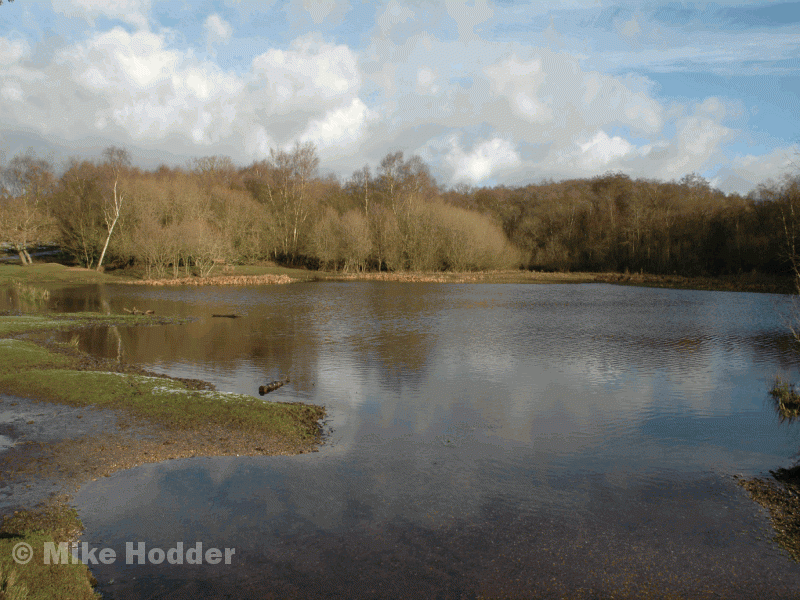In the sixteenth century, when Bishop Vesey spent some of his money on improving Sutton Park, the park was seen in a practical light, how it could improve the living standards of Sutton folk, rather than as an ornament to the town. But as early as the eighteenth century there are signs that its landscape was beginning to be appreciated. Capability Brown was landscaping parks all over the country, making great play with lakes and water features, so there may well have been an element of beautification of the park when Longmoor Pool and Blackroot Pool were made. Wyndley Glade was created at the end of the eighteenth century, primarily to facilitate the passage of cattle through Holly Hurst from one part of the park to another. However, the surveyor who set it out, with the woods framing the distant view of the Parish Church, must have been a bit of a landscape architect.
The appreciation of the natural beauty of Sutton Park really took off with the Romantic Movement, as recalled by Frederick Woodington, Sutton’s native sculptor, who often went to the park as a child in the 1810s: “Many a time in half-holiday have I wandered in these woods; miles of heather and gorse surrounded me, and beautiful clear streams wandering through the wilds; the silver birch rising gracefully on every side, and where the streams were occasionally dammed up they formed lakes, reflecting the beauteous woods, and all the variety of light and shade, with now and the a long thin line of silver, the gentle air across the glassy surface, as beautiful as anything I have seen in the Cumberland Lakes. These lessons nature to a child taught.”
Later in the century the park was the inspiration for Horton’s poems and Miss Bracken’s wonderful pen-and-ink drawings. In 1859 the hard-headed businessman Baron Webster of Penns Wire Mill gave evidence to a House of Commons Committee “It is by far the most beautiful place in the Midland Counties if not in England of that kind. It is one of the few old specimens we have left of real forest scenery - anyone who has not seen it could not believe that within seven miles of a manufacturing town so wild and so lovely a place existed.”
The Roman Catholic Bishop of Northamptom, Bishop Amherst, recalling his days at Oscott College in the 1840s, wrote of his country walks: “My favourite one was to Sutton Woods, where we were allowed to ramble at will, subject to meeting at a place of rendezvous, summoned thither by a horn. The beauty of these woods, the pools lying amongst them, the neighbouring extent of the heather-clad park, the oaks, mountain ashes, hollies, gorse, ferns and the song of birds, gave me a taste for woodland rambles I have never lost.” “Those woods! I love them; none of the others have come up to my ideal as they did.” He went on to bemoan the shattering of the peace by the crowds brought in by the railway “in these degenerate days”, but would no doubt be pleased if he could have known that the Park’s scenery is still as beautiful in 2017.
